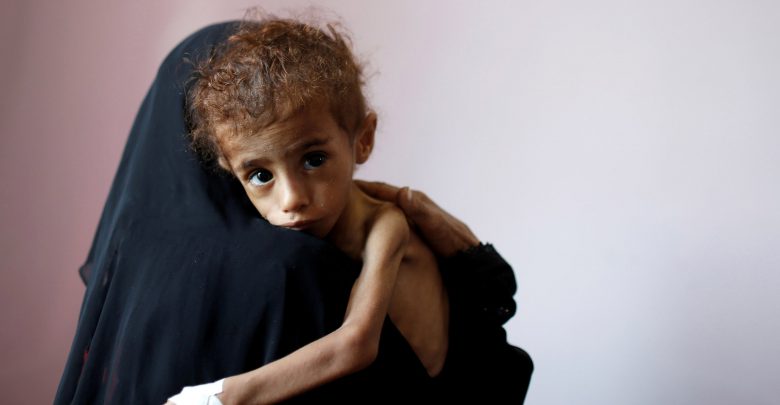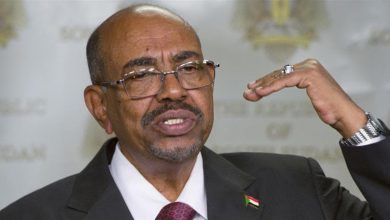Africa and Middle EastAllOngoing
The World’s Worst Humanitarian Crisis: The War in Yemen
The ongoing 4-year conflict in Yemen has displaced millions of people and is a merciless and bloody war between the pro-Yemen government forces and the Houthi movement.

Yemen is in the southwestern corner of the Arab Peninsula. To the north of Yemen is Saudi Arabia with Oman in the East. The primary languages used are multiple Arabic dialects, since the citizens are mostly Muslim. The economy, culture and history of Yemen has been greatly influenced by its vital location at the Southern entrance of the Red Sea.
The past states had an abundant supply of frankincense, myrrh and an array of spices from Asia. Due to its fruitful community and vital commercial wealth, it became home to many ancient kingdoms. In the succeeding years, coffee also known as qahwah in Arabic became the first cultivated commercial coffee bean which was later spread to different regions of the world.
According to the World Bank, Yemen is the poorest Arab country to date. Despite Yemen’s rich history, the fight between the Yemen government and the rebels cause this diverse country to be off-limits to all travelers. The famous historic sites that were once protected are currently targeted. The recent airstrikes in Sanaa’s old town have reduced the ancient multistory towers to rubble. The most unfortunate loss of this ongoing war is the lives lost and permanent damage and separation of the Yemeni families.
The civilian casualties in Yemen are extremely high with the numbers reaching up to more than 40,000 in total. The United Nations Office for the Coordination of Humanitarian Affairs (OCHA) estimates that over 3 million Yemenis have left their abodes to travel to Djibouti and Somalia.
The Origin of the Yemen War
The first leg of the war started during the Arab uprisings in 2011. When the Yeminis praised the country’s reigning leader: President Ali Abdullah Saleh. He received criticism for being one of the causes of widespread unemployment and government corruption. The biggest dissent that rejected his ruling came from a politically-geared Shia group called the Houthis. This group was opposed to the ruling of the Saleh government for many years.
After Saleh was knocked down from his position, Abed-Rabbu Mansour, former vice president took over. All went downhill from this point when an idea was proposed to divide Yemen into 6 federal regions. The Houthi group and Hirak, a southern separatist movement, were against the proposal deeming it a violation of their own distinct interests and national goal.
The Hadi government, which was supposed to be a solution to this major conflict was unable to uphold order thus groups like Al Qaeda and Daesh took charge of the political instability. The Houthis jumped in too to acquire new territories and teamed up with Saleh knowing that he had the military power to back this operation up. The advancement of the Houthis started to become a threat to Saudi Arabia since there were rumors that Iran was supporting them.
Saudi Arabia replied to Hadi’s concerns and assembled an air and sea blockade, coupled with air strikes to drive out the Houthis and restore peace in the government. According to the Yemen Data Project, more than a third of the air strikes were targeted towards non-military areas: schools, hospitals, local streets etc. The US involvement supported the Saudi-led coalition in the billions for weapons. At the end of 2017, Saleh who teamed up with the Houthis decided to end it but the Houthis saw him as a threat and ended his life. The war continues on even after Saleh’s death and is progressively getting worse.
How is Yemen Doing Now?
The death toll in Yemen could reach up to a quarter of a million by the start of 2020. In a UN Development Programme (UNDP) report, they mentioned that the conflict between the Yemen government and the Houthi rebels could push them back a generation behind in terms of development.
Jeremy Hunt, UK’s foreign secretary hosted UAE and Saudi ministers in April 2019 to come to terms on a peace agreement. The meeting centered on protecting the children in Yemen. More than 50,000 children have passed away due to malnourishment in 2017. The war in Yemen is turning into a war on children. The UK experienced negative criticism for supplying Saudi Arabia with weapons. In 2015, the UK licensed at least £4.7 billion worth of weapons sales to Riyadh.
Eid is a celebration that Yemenis prepare for yearly. With the high standards of life in a country where a person survives on $4.50 a day before the war in 2015, the price lowered to $1.80 per day a year later. Many families are scrimping on money just to buy gifts for their children while kids are queuing to receive clean water. The war in Yemen is pushing the people to the brink of famine and lives are being taken. This is a pressing issue that should be addressed before a large chunk of the population is taken out.



